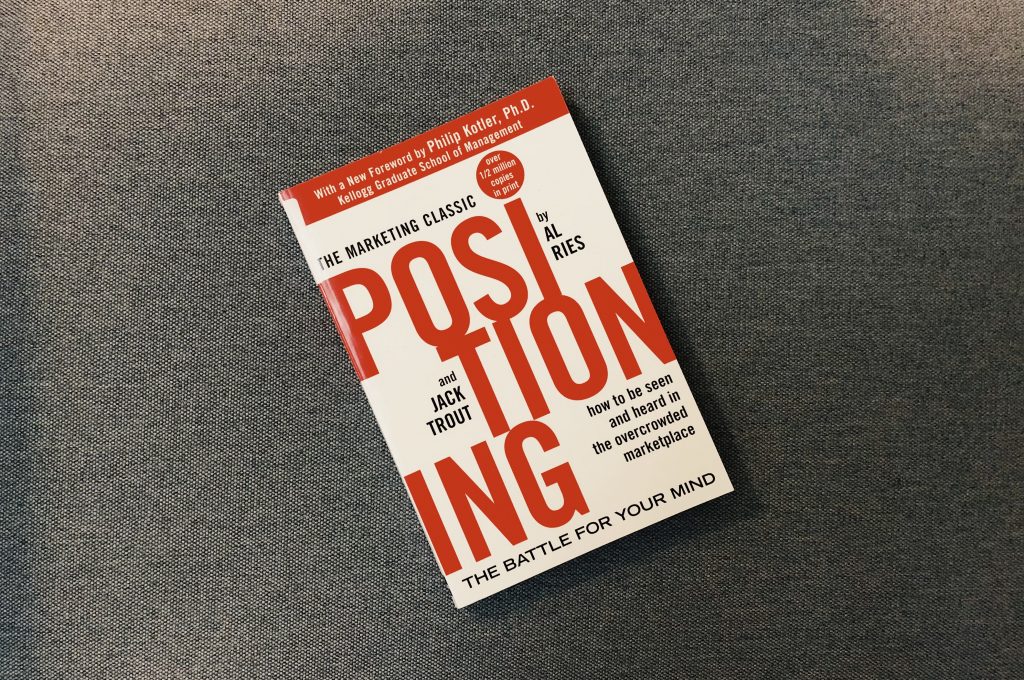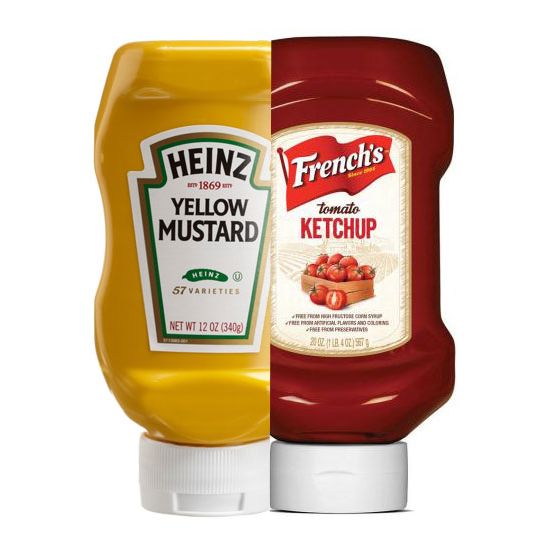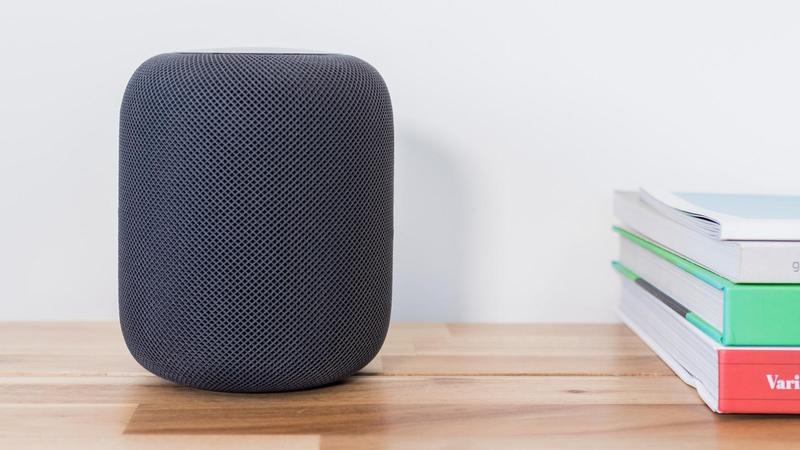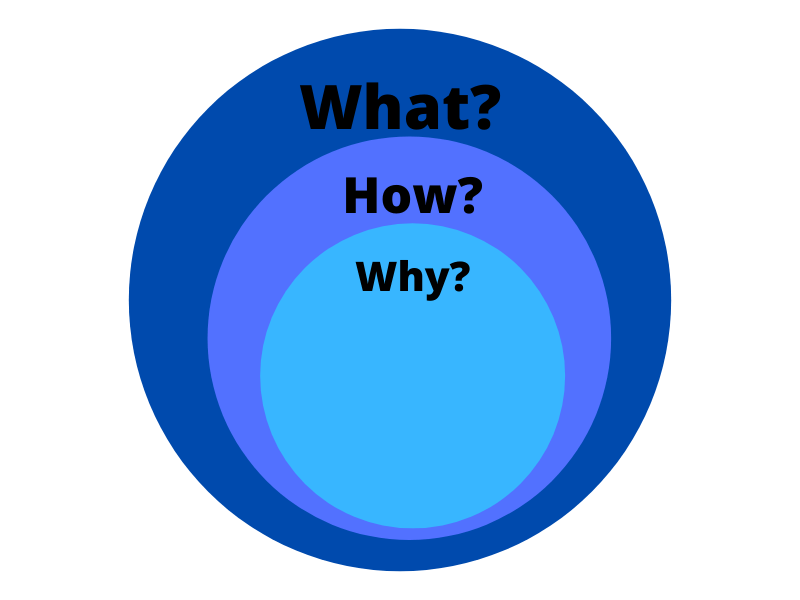Architects have Frank Lloyd Wright. Chefs have Paul Bocuse. Branding experts have Al Ries.
During my time living in Florida, I worked for an agency with the distinct honor of having branding legends Al and Laura Ries as their clients. Working with the Marketing Hall of Fame Inductee and founder of Positioning alongside his daughter Laura, who is a bestselling author and marketing strategist herself, was an incredible experience that allowed me to consider a totally unique perspective on strategy and positioning, two of the core fundamentals of branding.
A History of Legendary Thoughts
In 1972, Al co-authored a three-part series in Advertising Age with his business partner and fellow legend, Jack Trout. This led to the publication of Positioning: The Battle For Your Mind, which sold millions of copies and is still considered the #1 marketing book. This would be the first of a long list of books Ries would publish.

Positioning by Al Ries and Jack Trout Photo Credit: Harry Keller
This groundbreaking book and its success would usher in what is known as the “Positioning Era”. It all boiled down to owning your customer’s perception of your brand and harnessing its power for success. You have to find an “available space,” plant your flag and say, “this is what we are”. Then, it’s your job to defend that positioning.
Laura authored books such as Battlecry, and Visual Hammer which masterfully expand the ideas behind positioning from messaging and visual points of view. Laura and Al created their own consultancy, Ries & Ries, where they work with major national and international brands, including Disney, Crest, Ford, Samsung and more.
Positioning has since become a concept that marketing and branding professionals study and aspire to master. It has allowed the world’s biggest brands to find their identity and as such, become the provider for customers in their time of need and want. Yet where does positioning stand today?
Today’s Position on Positioning
Back in the day, French’s had a position. They developed a rich, creamy and delicious mustard, and they made it available to everyone. Soon enough, the name French’s became synonymous with mustard. In fact, French’s was supposedly the first mustard to be put on a hot dog at the 1904 St. Louis World’s Fair. Meanwhile, a German immigrant named Henry J. Heinz hit stride when his ketchup started really taking off. Soon enough, Heinz was America’s ketchup, as French’s was America’s mustard. All you needed were some Ball Park dogs, some buns, and you had the All-American food. The rest was history.
Yet today if you stroll down the condiment aisle, you may see something a little upside down. Now, French’s is making ketchup along with over 2 dozen different other product offerings. Heinz not only has their own mustard but has Mayocue (a combination of mayonnaise and barbecue sauce), Mayochup, (mayo + ketchup) and Mayomust (you can probably get the idea). Oh, and by the way, Hellmann’s, established in 1913 for making their wonderful mayonnaise, is also now offering ketchup, mustard, salad dressing and everything in between. These staple brands seem to have abandoned the idea of positioning to expand their product lines. As a result, they’ve traded their “We do ___” statement for “We do __, ___, ___, and… whatever else you’ll pay us for.”

French’s Ketchup and Heinz Mustard, Photo Credit: Grub Street
Now, to understand the circumstances, we should try to be as objective as possible. From a business standpoint, it’s understandable why they would want to offer anything and everything. More appeal to more people. More customers. More growth. Some defenders of this idea will say it’s absolutely necessary to do this in order to stay relevant and to beat the competition. Others will blame the Millennials and say that since they’re more interested in small-batch products and more organic-style products, they have no choice. Well, these are all valid points, and as we now see in the year of 2020, businesses need to make tough choices to stay above rising water. It’s a healthy balance of survival and progress.
Yet here’s what happens when you abandon positioning. French’s, Heinz and Hellmann’s all now share the same unoriginal position, “We offer great sauces and dressings.” Sure, there are brand loyalists out there, but that is a very finite thing, especially as these brands’ offerings continue to expand. As a result, “the cheapest product” may be the winner by the end of that, and we all know price is rarely the preferred business model. It’s not sustainable and not a promise a business can guarantee all the time.
One of the biggest detrimental brand extensions that we’ve seen is from a brand that usually knows better, Apple. They saw the success of Amazon’s Alexa-enabled devices, the Echo, Dot and the Google Home. They couldn’t help themselves. The Apple HomePod came out at a premium price and did everything Amazon’s lineup could do but with less-than-stellar results and poor reception from the market, capturing less than 6% of the market.

Apple HomePod, Photo Credit: MacWorld
It’s clear to see that the experts behind many brands have shifted from a niche and unique positioning strategy to a “full-service” approach. As anybody can tell you, that doesn’t always work. You just become another face in an ever-growing crowd.
Tap into Your Brand’s Potential
It seems we are now in a world full of “jack of all trades, but masters of none.” But we don’t have to be. You can return to an age where the benefits of positioning can bring your business to a whole new level of success by taking a step back and doing a bit of brand soul searching.
Like all the brands that Al and Laura have helped throughout the years can tell you, this may be a challenging yet extremely rewarding task. Start by asking the following questions:
- What do people think of immediately when thinking about my brand?
- What are my most popular offerings?
- Are these offerings clearly understood by my audience?
- What makes these offerings unique?
- What is the quality of these offerings?
- How do my most popular offerings compare to the competitors?
- Why would someone choose my competitor over me?
- How can I improve the positioning of my pre-existing brand extensions or offerings better into my main position?
(And, our favorite…)
- How does my branding and messaging reflect this position?
After you have the answers of these questions, you most likely have a better grasp on your brand identity. If you don’t have a brand positioning statement, now is the time to start writing one up. It should be descriptive, yet short and concise.
Your Brand is Golden
Another helpful approach to establishing your position that we at Able&Co. are big advocates of is The Golden Circle.

Golden Circle Model
Simon Sinek developed this concept to help branding experts understand their identity from a different angle. You obviously know WHAT you sell, and HOW you sell it. But if you ask yourself WHY, even before you approach WHAT and HOW, you’ll be able to identify the core of your mission, offerings and brand.
Answering WHY your business or organization does what it does may be more challenging than you think. Yet when you obtain the answer, whether by yourself or with the help of a team like Able&Co., you will be able to better transform your voice and go forward with direction and purpose.
You Know Who You Are
An important thing to note is that some traits that other brands may see as undesirable may be what makes your brand unique and give it a ton of potential. For example, higher-end wine companies undoubtedly have some strong thoughts about Yellow Tail wine. Yet Yellow Tail owns their position as an affordable, everyday wine that tastes great. In the same respect, Chevrolet doesn’t want to have the same qualities as Lexus. First, it’s not who they are. Secondly, a Chevy customer wants a Chevy for what a Chevy is. It doesn’t matter that it’s less expensive or less luxurious than Lexus. Chevy owns their position. Now it’s your turn! Don’t pretend to be something you’re not. Define your brand and stick to it.
You’re in a Good Position to Talk
At Able&Co., we’ve helped brands define themselves and then tell the world about it. No matter their background, no matter their offerings. We are there to deliver stunning results that work in the real world. Try our Brand Health Quiz, and let me know your results. I’d love to chat more about positioning with you. Reach out to me any time.


